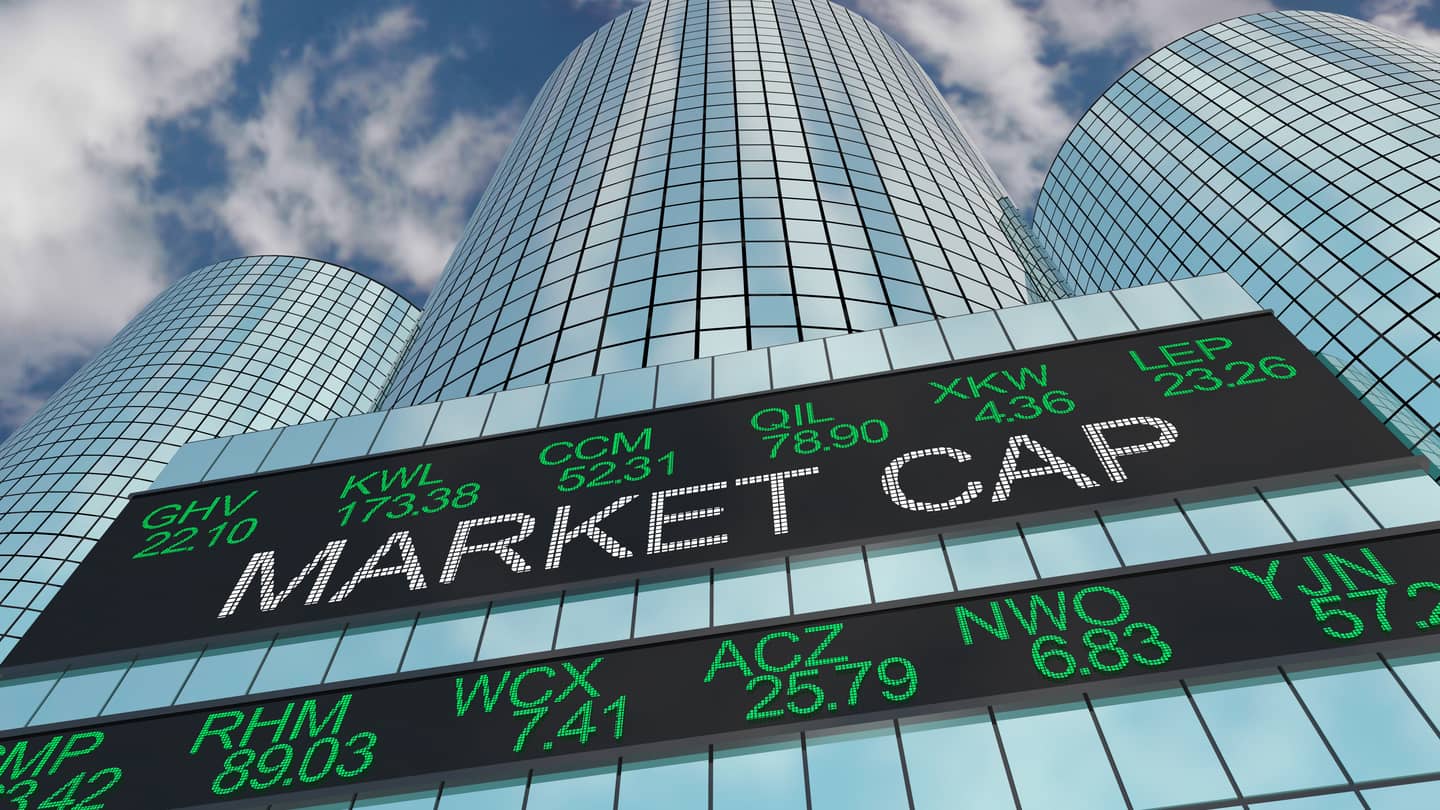Market capitalization, commonly referred to as "market cap," is a financial metric used to measure the overall value of a publicly traded company. Market cap is calculated by multiplying the current market price per share by the number of shares outstanding. In this article, we'll explore the basics of market capitalization, including what it is, how it's calculated, and why it's important.
What is Market Cap?
Market capitalization is the total dollar value of a company's outstanding shares of stock. It's a useful metric for investors to determine the size of a company and its overall value. Essentially, market cap represents the price that the market is willing to pay for a company's stock, and it can be used to compare companies within the same industry or sector.

How is Market Cap Calculated?
Market capitalization is calculated by multiplying the current market price per share by the number of shares outstanding. Shares outstanding refers to the total number of shares that have been issued by the company and are held by investors. Market price per share, on the other hand, refers to the current price at which the company's stock is trading in the market.
Why is Market Cap Important?
Market capitalization is an essential metric for investors to consider when evaluating a company. It can provide valuable information about the company's size and value, as well as its potential for growth. Market cap is also frequently used to categorize companies into different size groups, such as small-cap, mid-cap, and large-cap, which can be helpful for investors who want to diversify their portfolios.

Small-Cap vs. Mid-Cap vs. Large-Cap Companies
Small-cap, mid-cap, and large-cap companies are categories of companies based on their market capitalization, which is the total value of a company's outstanding shares of stock. Each category has its own unique characteristics and potential benefits and drawbacks for investors.
Small-Cap Companies:
Small-cap companies typically have a market capitalization of less than $2 billion. These companies are often younger and less established than mid-cap and large-cap companies, and may be more focused on growth than on generating profits. As a result, small-cap companies may be more volatile than larger companies, with greater potential for both higher returns and higher risk.
One potential benefit of investing in small-cap companies is that they may have more room for growth than larger companies. If a small-cap company is able to successfully execute its business strategy and grow its market share, it may be able to deliver outsized returns to investors. However, small-cap companies may also be more vulnerable to economic downturns and market fluctuations than larger companies, and may be more likely to experience financial difficulties or bankruptcy.
Mid-Cap Companies:
Mid-cap companies typically have a market capitalization between $2 billion and $10 billion. These companies are generally more established than small-cap companies, but may still have significant growth potential. Mid-cap companies may be less volatile than small-cap companies, but may still be subject to market fluctuations and economic cycles.
One potential benefit of investing in mid-cap companies is that they may offer a balance of growth potential and stability. Mid-cap companies may have more resources and a longer track record of success than small-cap companies, but may still be nimble enough to take advantage of new growth opportunities. However, mid-cap companies may be less well-known to investors than large-cap companies, which could impact the liquidity and volatility of their stocks.
Large-Cap Companies:
Large-cap companies typically have a market capitalization of over $10 billion. These companies are often well-established, with strong brand recognition, a broad customer base, and a long track record of financial success. Large-cap companies may be less volatile than small-cap and mid-cap companies, and may be more likely to pay dividends to investors.
One potential benefit of investing in large-cap companies is that they may offer more stability and predictability than smaller companies. Large-cap companies may have the resources and financial strength to weather economic downturns and market fluctuations, and may be able to continue paying dividends even during difficult times. However, large-cap companies may have less room for growth than smaller companies, and may be more susceptible to industry disruption or competitive pressures.
Ultimately, the decision to invest in small-cap, mid-cap, or large-cap companies depends on an investor's individual goals, risk tolerance, and investment strategy. Some investors may prefer to focus on high-growth small-cap companies with the potential for outsized returns, while others may prefer the stability and dividends offered by large-cap companies. Regardless of the category, investors should always conduct thorough research and due diligence before making investment decisions in any company.
Conclusion:
Market capitalization is a crucial financial metric that investors should be familiar with. By understanding what market cap is, how it's calculated, and why it's important, investors can make more informed investment decisions and build diversified portfolios that align with their financial goals and risk tolerance.
